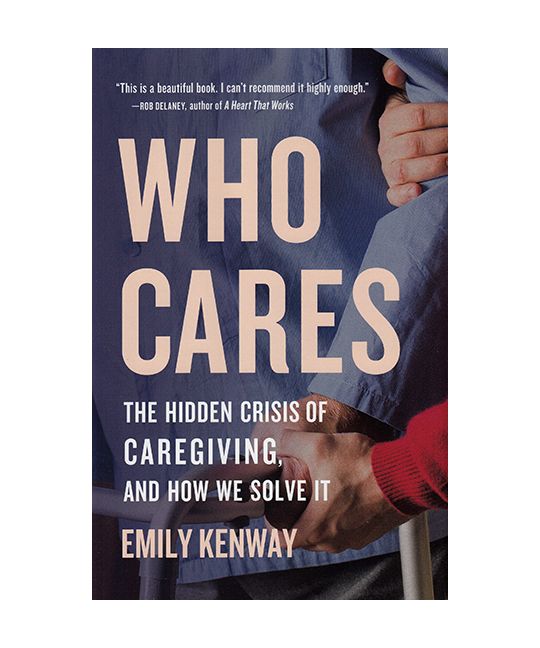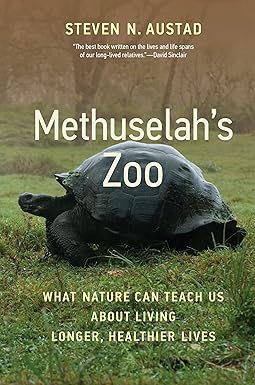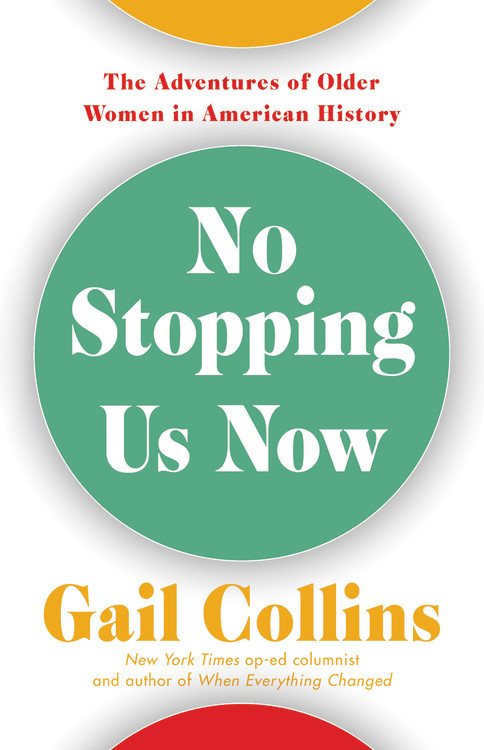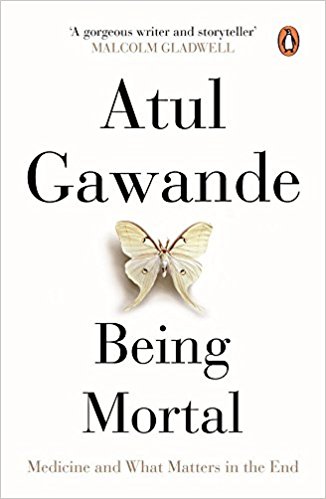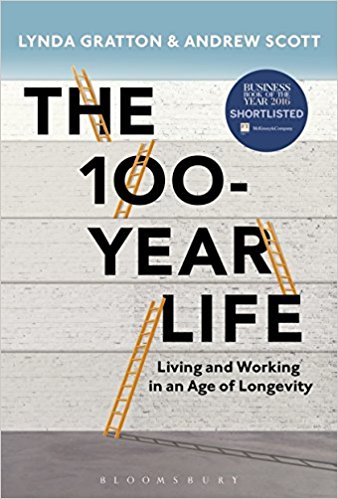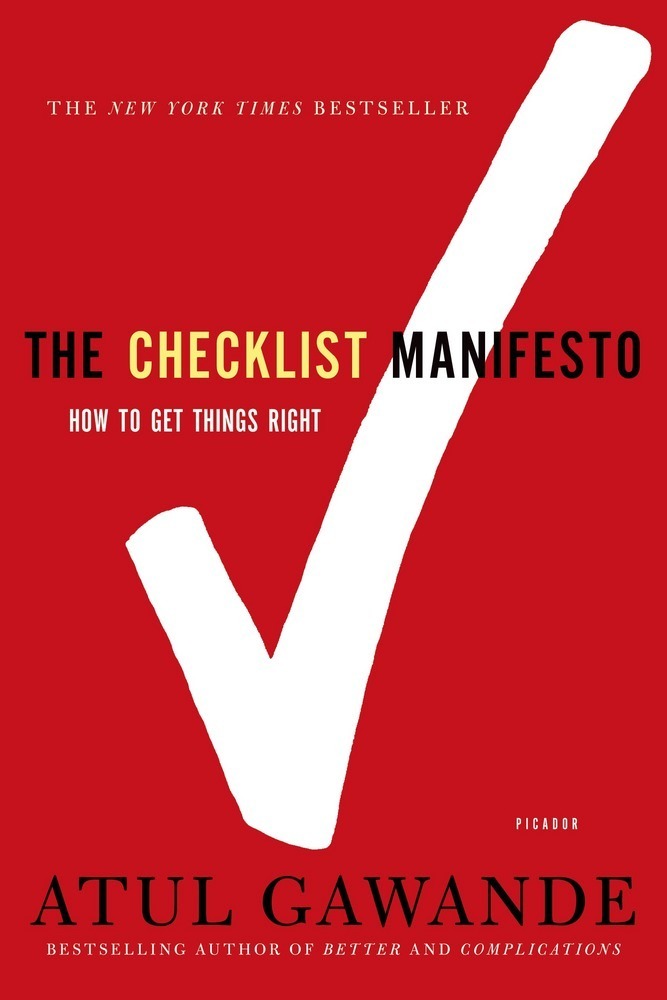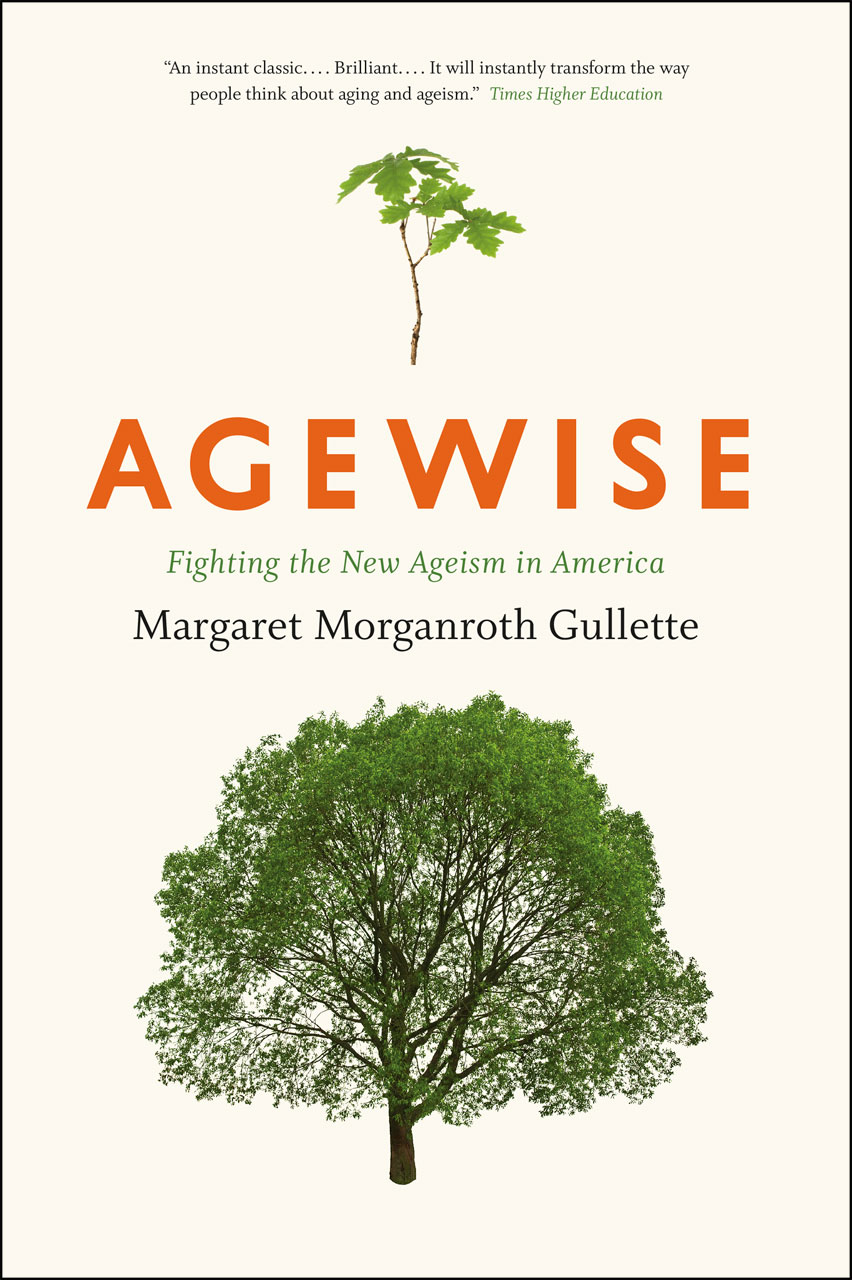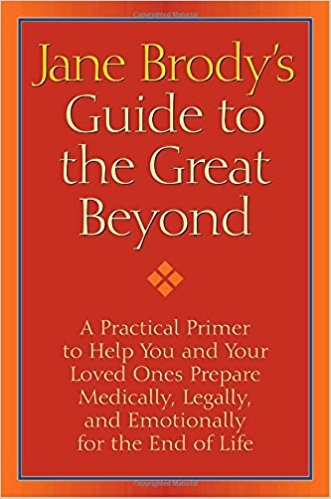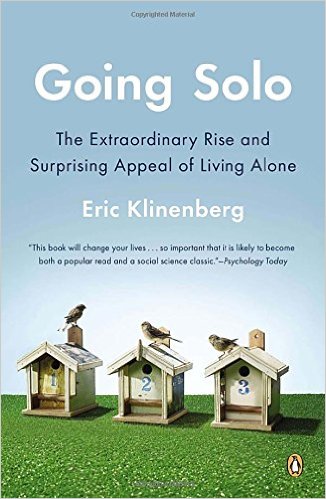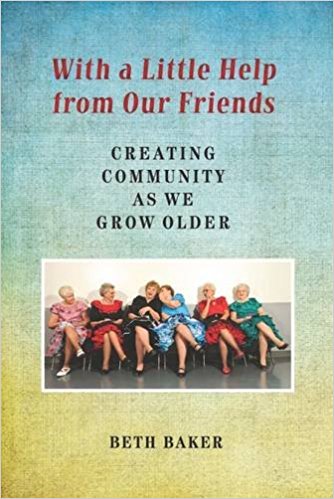
By Deborah Carr – Russell Sage Foundation, 2019
Aging in the United States is more challenging for some than others. Imagine a man living in a stable, suburban home with his wife as he ages into older adulthood. Now imagine how this man’s aging experience might look different if he were living in unsafe housing conditions, had income below the poverty line, had several chronic illnesses, was unmarried or in prison.
Golden Years? Social Inequality in Later Life is a thoughtful integration of decades of sociological research to illustrate ways that systemic disadvantages across the lifespan can affect how long and how well someone lives. Deborah Carr, PhD, a distinguished professor of sociology at Boston University, has dedicated her career to exploring ways that later-life health and well-being are impacted by social factors like poverty, marriage, labor-force participation and loneliness.
This book is rather textbook-like, ideal for someone who hopes to take a deep dive into the most up-to-date sociological research regarding aging in the United States. It is packed with eye-opening facts and figures about the ways our systems and policies could be changed to better serve us all—especially our aging Americans.




